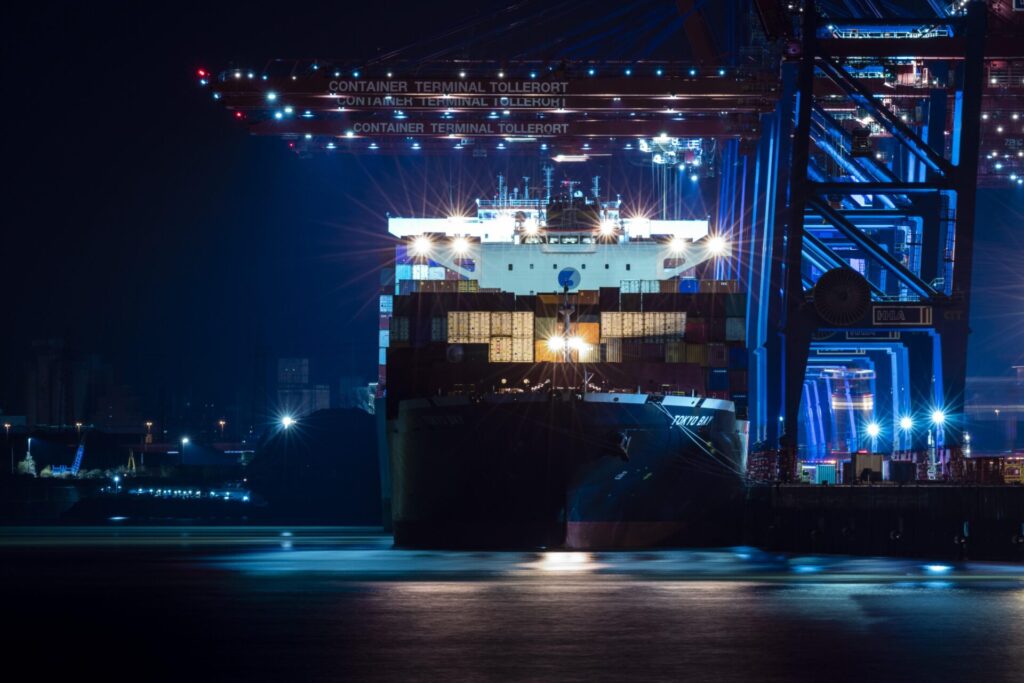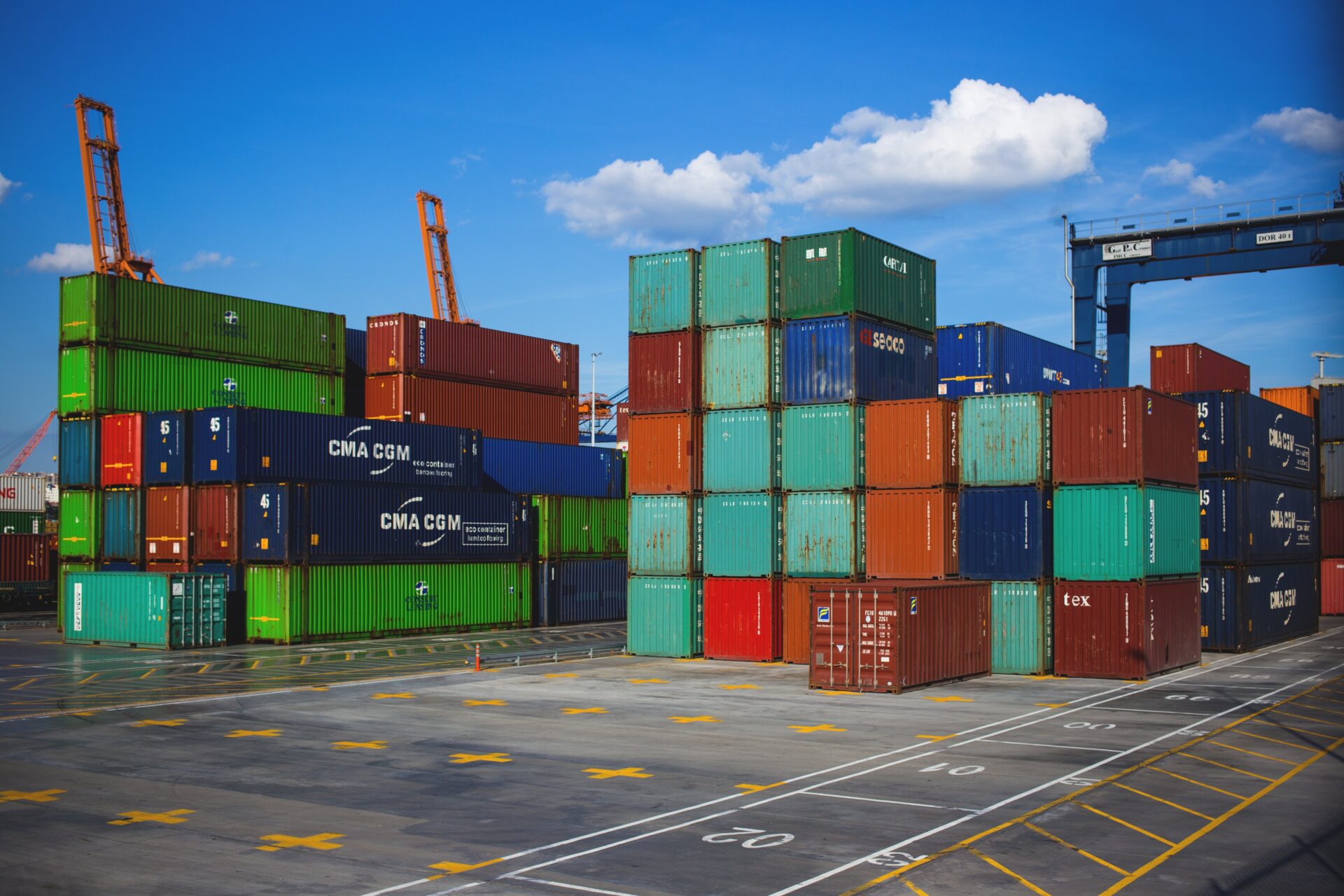In the B2B food sector—from industrial kitchens to canning industries—the cold chain is not optional: it is an operational, quality, and safety guarantee. In a market where “saving‑only” logistics is not enough, partners are needed who can manage every degree, every handover, every delay.
Table of Contents
1. What the cold chain is and how it works
The cold chain is an integrated network of temperature‑controlled transport and storage that ensures perishable products—such as fruit, frozen vegetables, meat, and dairy—remain within a defined range up to their point of use. It is an uninterrupted system that includes production, freezing, warehouses, refrigerated transport, and continuous monitoring.
Key stages:
- Rapid freezing (blast freezing) to preserve product characteristics.
- Refrigerated warehouses at different ranges (chilled, frozen, deep‑frozen).
- Temperature‑controlled transport: trucks, containers, reefer air freight with real‑time monitoring.
- Constant monitoring via IoT, RFID sensors, and WMS systems to guarantee integrity, visibility, and timely responses.

2. Why it is strategic in B2B food
A single thermal deviation can compromise an entire shipment, causing waste, recalls, and reputational damage. An efficient system delivers multiple benefits:
- Regulatory compliance (HACCP, FSMA, GDP), avoiding penalties.
- Waste reduction, longer shelf life, and operational savings.
- Customer trust, thanks to guaranteed integrity, freshness, and food safety.
- Operational continuity, even in demanding markets and with just‑in‑time deliveries.
3. The Italian context: market and trends
The Italian market for temperature‑controlled logistics is worth about USD 7.56 billion in 2025, with expected growth to 9.1 billion by 2030, +3.78% CAGR.
- Growing demand from e‑grocery, foodservice, and pharma, with focused investments in multi‑temperature hubs, automation, and sustainability.
- Thermal segmentation: the chilled band leads with 37% of the market, but the frozen category grows faster (+4.5% CAGR), driven by grocery retail and delivery.
- Driving regions: Northern Italy accounts for 31% of the market; Central Italy grows fastest (+4.8% CAGR).
- Innovations: NFC pallet monitoring at −20°C (lower customs and insurance risks), natural refrigerants, urban electric logistics, cross‑dock automation (pick‑to‑light, micro‑hubs). e assicurativi), refrigeranti naturali, logistica elettrica urbana, automazione nei cross‑dock (pick‑to‑light, micro‑hub).
4. Italy’s challenges: costs and complexity
Shrinking economies of scale, soaring energy costs, and shortages of qualified personnel put pressure on operators. Many resort to:
- Plant and logistics set‑up modernizations.
- Training paths for R&D in logistics and cold storage.
- Route and infrastructure optimizations.
5. Why Palimex is the ideal partner for B2B food
Palimex stands out for:
- End‑to‑end refrigerated management: certified hubs, reliable traceable shipments, and automated data‑flow integration.
- Fast, consistent logistics, thanks to a global supply chain (Egypt, Chile, Europe) and collaboration with centers of excellence.
- Technical support and R&D: recipe development, IQF cuts and portions, packaging—ensuring sensory integrity and shelf life.
- Strong compliance: BRC, organic, HACCP‑ready certifications, documentation for audits and customs management.
- Scalability and flexibility, even for special lines or seasonal peaks, with strategic buffers to ensure continuity.
In a context where cold logistics is the beating heart of modern B2B food, having a partner capable of managing every degree, every delay, every critical issue means protecting quality, ensuring safety, and growing the business.
Palimex represents this guarantee: a refrigerated, sustainable, and innovative supply chain, designed for those who cannot afford interruptions or compromises.






